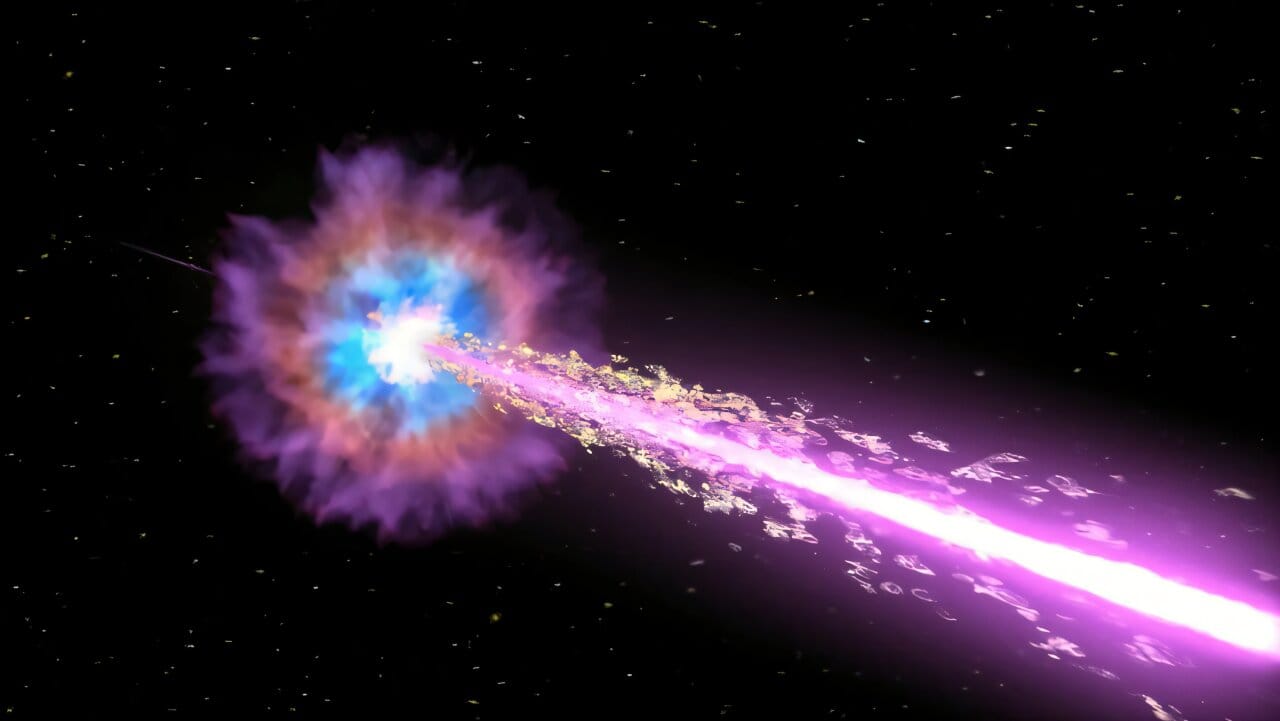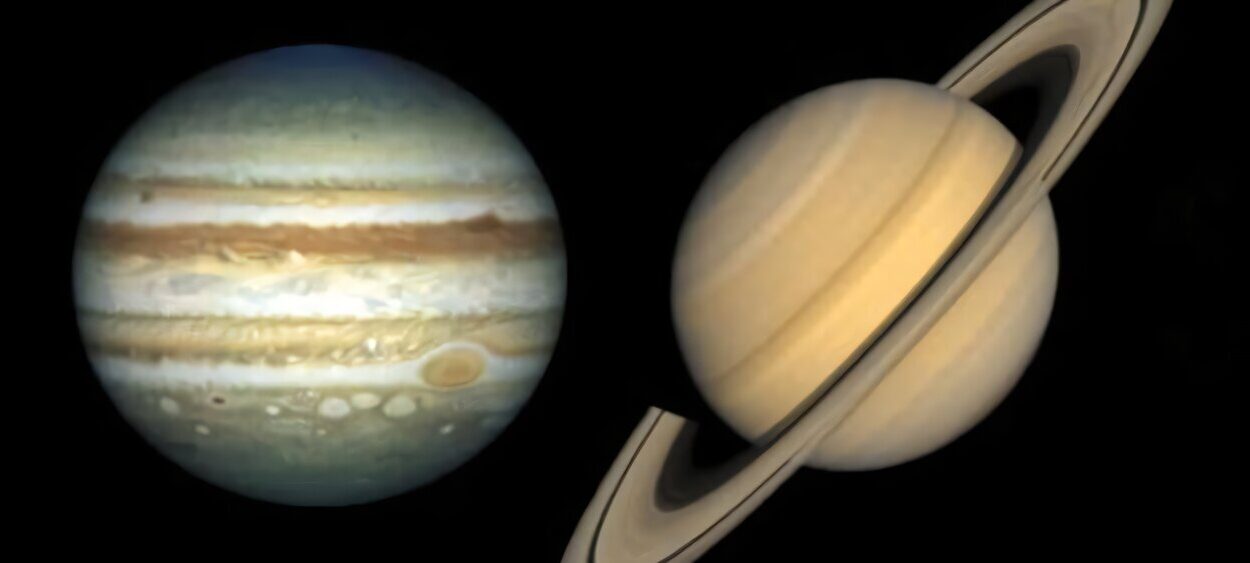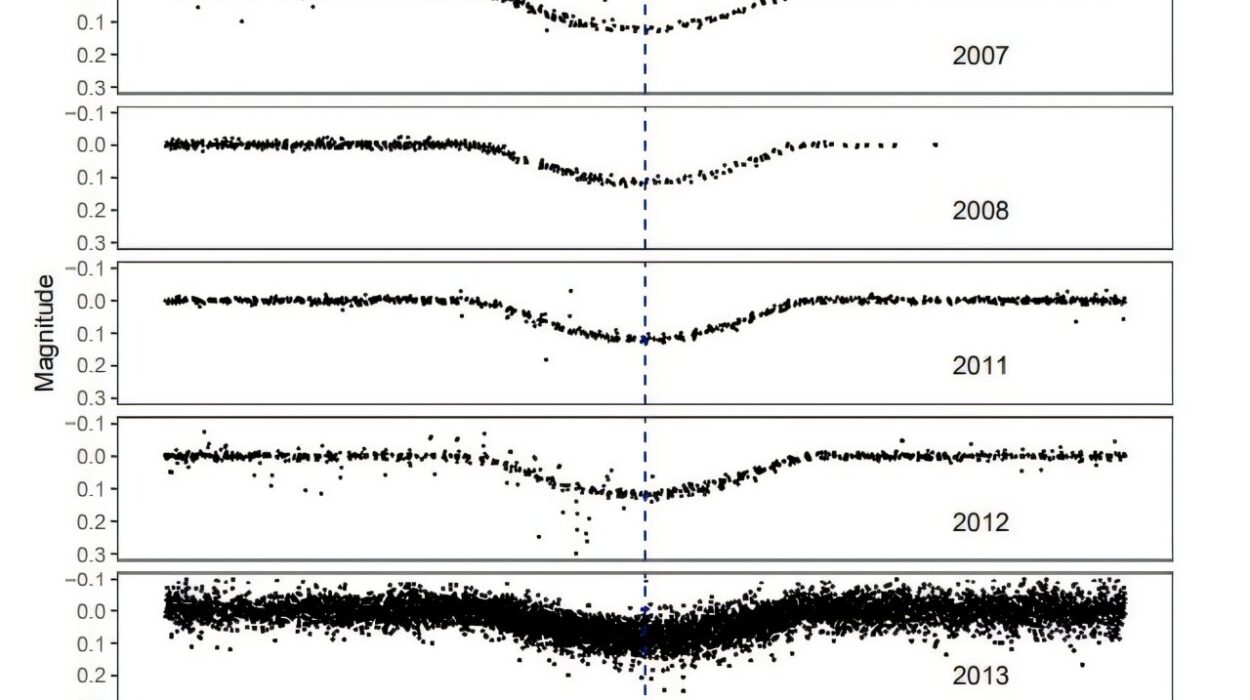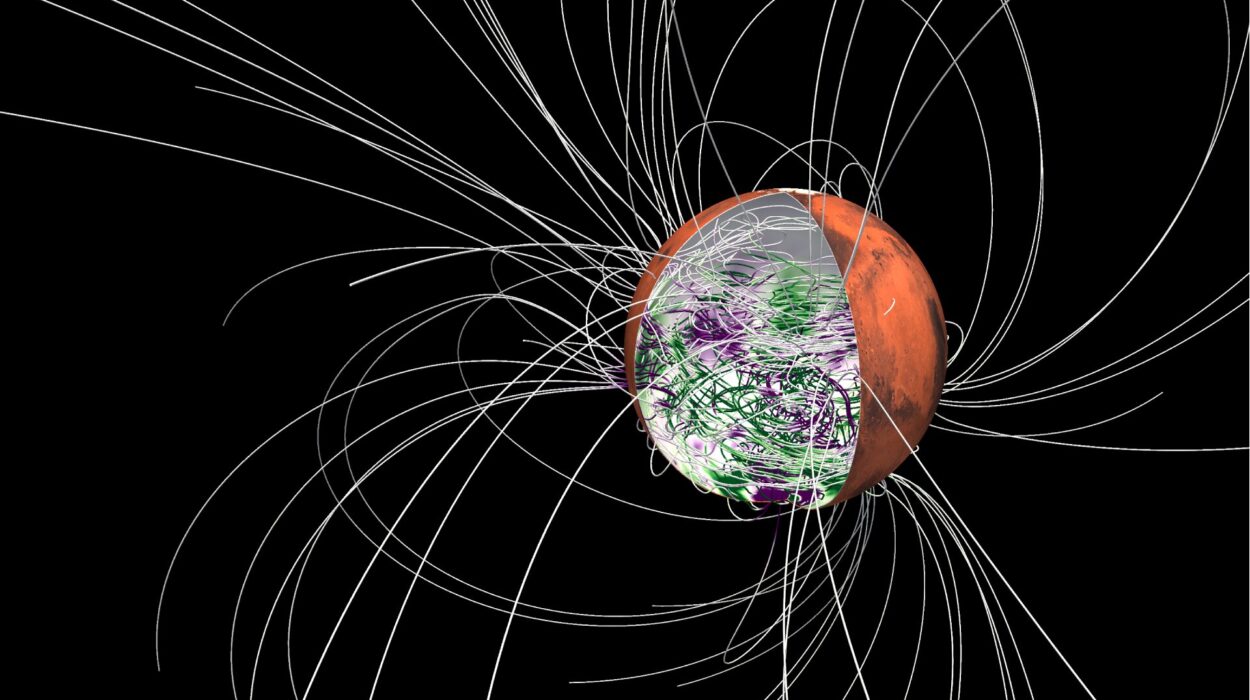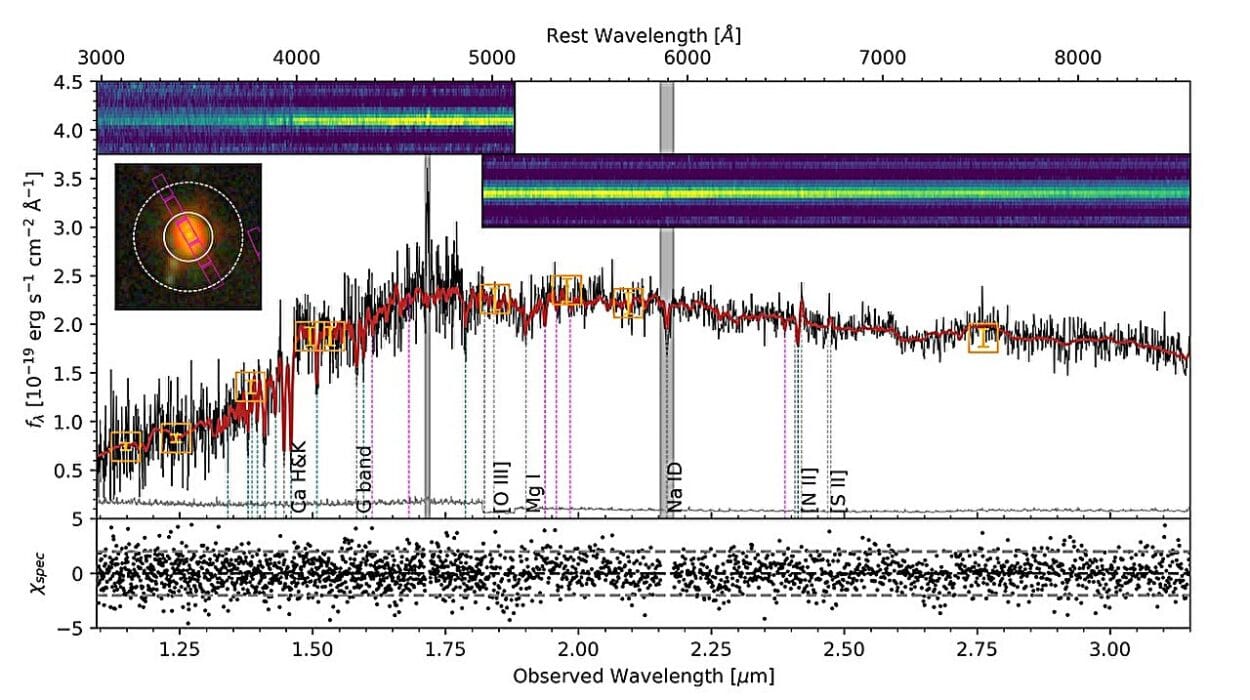Imagine an explosion so powerful that in just a few seconds it releases more energy than our sun will in its entire lifetime. Now imagine that this burst of light has been traveling through space for 12 billion years, carrying with it clues about the early universe.
This is exactly what astronomers have witnessed thanks to a newly detected phenomenon: fast X-ray transients (FXTs). These short-lived but intense bursts of X-rays are unlike most cosmic events we’ve seen before, and they are now opening a new window onto the distant cosmos.
The Mystery of Fast X-ray Transients
For years, scientists knew that strange, fleeting flashes of X-ray light occasionally appeared in space, but their origins remained elusive. These outbursts, lasting just minutes, were difficult to study because by the time researchers noticed them in archival data, the moment had long passed. Without real-time observation, their nature was little more than speculation.
Now, that mystery is beginning to unravel. Thanks to the Einstein Probe, a new space telescope launched in early 2024, astronomers can detect FXTs in near real-time and quickly alert ground-based observatories. This breakthrough means researchers can finally capture these fleeting cosmic fireworks as they unfold.
Professor Peter Jonker of Radboud University in the Netherlands, one of the study’s lead scientists, explained: “We’ve known that these unique explosions exist for some time, but it is only now, thanks to the Einstein Probe mission, that we can pinpoint them in near real time.”
Pinpointing an Explosion from the Early Universe
The particular FXT highlighted in the new study, published in Nature Astronomy, was first spotted by the Einstein Probe. Its position was then refined using the ATLAS optical telescope in Hawaii, and later studied in detail with some of the world’s most powerful observatories: the Very Large Telescope (VLT) in Chile and the Gran Telescopio Canarias (Grantecan) in Spain.
These observations revealed something astonishing. The explosion occurred when the universe was less than 10% of its current age. In other words, the light from this event has been traveling for 12 billion years before reaching Earth. Professor Andrew Levan, first author of the study, emphasized: “The combination of the distance and the brightness means this explosion gave off more energy in a few seconds than the sun will over its entire life.”
FXTs and Gamma-Ray Bursts: A Cosmic Connection
The sheer power of these events suggests a connection with another mysterious phenomenon: gamma-ray bursts (GRBs). GRBs are the most energetic explosions known in the universe, typically triggered by the collapse of massive stars into black holes or by the collision of neutron stars. They release floods of gamma-rays, often followed by fading afterglows across the electromagnetic spectrum.
The new FXT appears to share many of these characteristics. Data from NASA’s Fermi Gamma-ray Space Telescope confirmed that gamma-rays accompanied this event, hinting that at least some FXTs may be related to gamma-ray bursts.
Still, questions remain. Are all FXTs simply unusual GRBs, or do they represent a broader variety of stellar deaths? Professor Jonker noted: “Our paper shows that many of them might be gamma-ray bursts, but there are good reasons to think there is much more still to discover.”
A Glimpse into Cosmic Reionization
Perhaps the most remarkable finding from this discovery is what it tells us about the early universe itself.
When astronomers examined the light from the FXT with the Very Large Telescope, they noticed there was very little hydrogen gas surrounding the burst. This detail is crucial, because hydrogen acts like a cosmic curtain—it blocks ultraviolet light from passing through the universe.
But around 12 billion years ago, the cosmos was undergoing a dramatic transformation known as reionization. During this period, the first generations of stars and galaxies released intense ultraviolet radiation that “reionized” the hydrogen gas between galaxies, making the universe more transparent.
Dr. Andrea Saccardi of CEA Paris-Saclay, a co-author of the study, explained: “Our observations show that perhaps 10% of the ultraviolet light created in the host galaxy of the fast X-ray transient is escaping to ionize the universe. This is the most distant event where we can directly see light escaping from around stars. Galaxies like this are probably really important for reionization.”
In other words, FXTs may provide rare direct evidence of how the early universe became transparent, shaping the cosmic landscape we observe today.
A New Era of Discovery with the Einstein Probe
This FXT was among the first events caught by the Einstein Probe, and already its significance is profound. In just a year since its launch, the telescope has detected around 20 of these bursts, giving astronomers a treasure trove of new data.
Dr. Samantha Oates, Lecturer in Astrophysics at Lancaster University and a co-author of the research, emphasized how revolutionary this is: “This event is novel and interesting because only a handful of FXTs had been discovered until very recently, and their origin was a mystery. The Einstein Probe has opened up a new window on the universe, allowing us to probe the origin of these transient X-ray phenomena and widen our knowledge of the behavior associated with the deaths of massive stars.”
With every new detection, scientists are piecing together the puzzle of these fleeting explosions—learning not only about how massive stars die, but also how the young universe transformed into the cosmos we see today.
A Universe Still Full of Surprises
The discovery of FXTs reminds us that the universe is still full of surprises. For centuries, humanity has looked up at the night sky, thinking the heavens were eternal and unchanging. But modern astronomy reveals a cosmos alive with activity—stars exploding, black holes colliding, galaxies forming, and mysterious flashes of light carrying ancient secrets across time.
Each FXT is like a cosmic time capsule, offering a glimpse into an era when the first galaxies blazed to life and the universe was still young. Thanks to the Einstein Probe and the coordinated efforts of telescopes around the world, we are beginning to unlock these messages from the past.
And as astronomers continue to study these dazzling bursts, we may soon answer one of the biggest questions in cosmic history: how the first light of stars and galaxies transformed the universe into the transparent, shining expanse we see today.
More information: Andrew J. Levan et al, Fast X-ray transient EP240315A from a Lyman-continuum-leaking galaxy at z ≈ 5, Nature Astronomy (2025). DOI: 10.1038/s41550-025-02612-9
